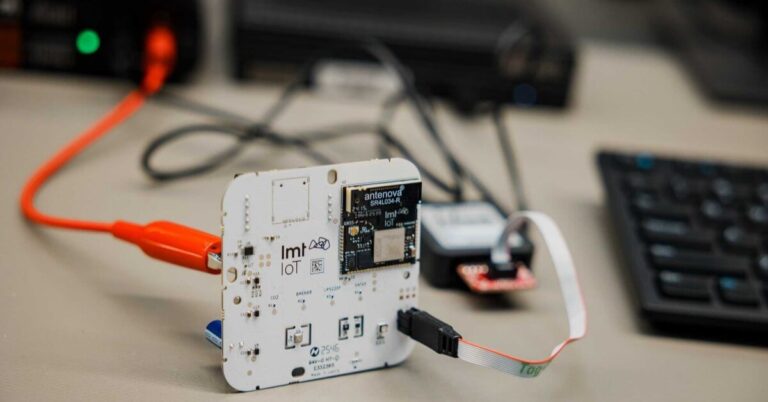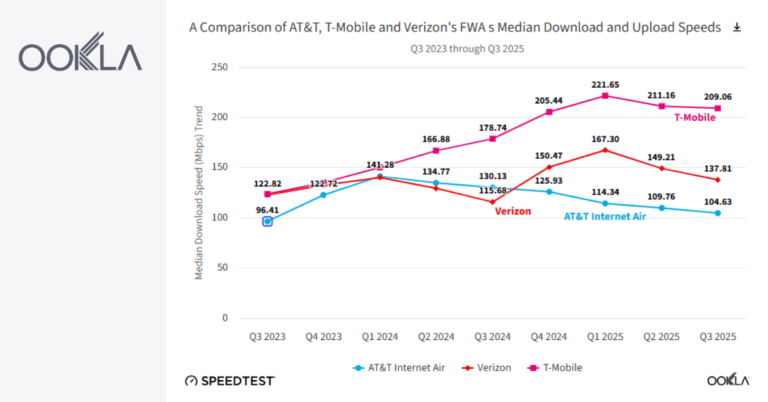The Indian government is taking action to revolutionize industries with 5G technology by creating 100 labs for developing applications and enterprise use cases. 5G mobile connectivity offers unparalleled speed, responsiveness, and capacity that will undoubtedly be a game changer in many fields. 5G technology is especially useful for Enhanced Mobile Broadband (eMBB), Massive Machine Type Communications (mMTC), Ultra-Reliable Low Latency Communications (uRLLC), Virtual and Augmented Reality (VR/AR) applications, as well as Fixed Wireless Access services. The potential of 5G technology are exemplified by these use cases, indicating its power to drive innovative advances and strong development in several industries.
The Minister of Finance, Nirmala Sitharaman, announced the launch of one hundred labs across engineering institutions to help develop applications utilizing 5G services, offering a plethora of new opportunities for businesses and employees alike. These mobile labs will include topics such as smart classrooms, precision farming, intelligent transport systems, and healthcare applications.
Communication and 5G TestBed Budget
In the Budget 2023, Rs 1.23 lakh crore has been earmarked for the Ministry of Communication, and an additional Rs 5.56 crore is allocated to build a 5G testbed. Moreover, C-DoT – the R&D arm of DoT – will receive an investment of Rs 550 crore in the Fiscal Year 2023-2024.
Make Artificial Intelligence in India
In order to bring the vision of “Make AI in India and Make AI work for India” into fruition, Nirmala Sitharaman announced during her Budget speech that three centers of excellence would be established within top educational institutions. These centers will partner with leading industry players to conduct interdisciplinary research and create innovative applications, as well as efficient solutions for problems faced by agriculture, healthcare systems, and sustainable cities. This endeavor will serve not only to spur a thriving Artificial Intelligence ecosystem but also to foster quality human resources in this field.
Anonymized Data Governance Policy
Finance Minister Nirmala Sitharaman asserted that a National Data Governance Policy will be formulated to unleash innovation and research by startups and academic institutions, providing them access to anonymized data.
Current status of 5G in India
As of January, Nokia and Ericsson have attested that India is progressing quickly in the 5G rollout; further proving this claim, Bharti Airtel and Reliance Jio have already initiated their own 5G networks. Vodafone Idea has yet to reveal its plans with regard to a 5G strategy. However, BSNL will commence 4G/5G network trials on their live network soon before deploying it widely.
Bharti Airtel’s 5G Plus based on Non-Standalone (NSA) deployment
Airtel has unveiled its 5G Plus Network, which promises 20-30 times faster speeds than the current 4G Networks. Leveraging a Non-Standalone (NSA) version of 5G standards and making use of existing 4G infrastructure, Airtel caters to both speed and sustainability in one go. Boasting massive mid-band spectrum holdings, Airtel 5G Plus is available in 67 cities and open to all users – no special plans required. Users can experience the speed of 5G on any supported Android device or Apple product.
Reliance Jio True 5G based on Standalone (SA) deployment
Relying on the Standalone version of 5G standards, Jio’s True 5G has been deployed across 224 cities and offers users remarkable speeds of up to 1 Gbps. To gain access to Jio’s network, an invitation is required; a supported handset with 5G SA technology is also essential for employing these services provided by Reliance Jio.
Vodafone Idea has not launched 5G
While Vodafone Idea has yet to divulge its 5G plans and strategies, apart from the fact that they are collaborating with handset vendors, its wireless subscriber base is dwindling each and every month.
BSNL 4G/5G
BSNL is collaborating with TCS to trial a homegrown 4G/5G Solution on the live Network. After which, they will distribute high-speed services more broadly.








































